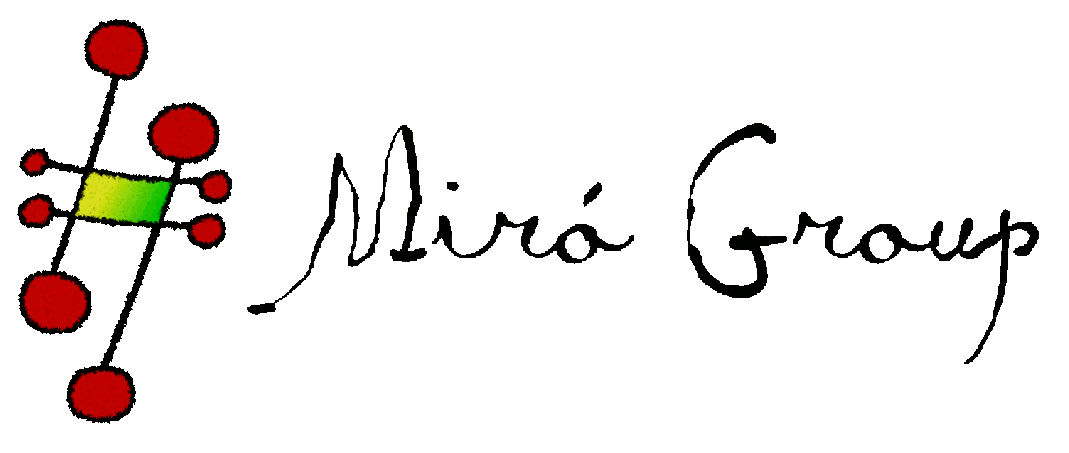Understanding Structure-Function Relationships of Polyoxovanadate-Alkoxide Clusters from a Bottom-Up Perspective
Our group is interested in the computational exploration of the chemical space of molecular metal oxides towards the identification of key structure-function relationships relevant to their speciation, nucleation roadmaps, and overall physicochemical properties. In 2017, our group was awarded a South Dakota Board of Regents Competitive Research grant (SDBoR CRG) to investigate the nucleation of molecular metal oxides relevant to thin film manufacturing. This state funded project was a steppingstone to secure federal funding in this research area. In 2022, our group was awarded NSF's Faculty Early Career Development Program (CAREER) to expand our understanding of structure-function relationships in polyoxovanadate-alkoxide (POV-alkoxide) clusters from a bottom-up perspective. This project uses advanced computational approaches to understand the nucleation and growth of functionalized POV-alkoxide clusters, as well as the ability of these clusters to activate small molecules. We use high-level quantum chemical calculations and neural network algorithms to examine the nucleation mechanism of first-row functionalized POV-alkoxide clusters as well as to better understand the impact of dynamic experimental conditions on the structure-redox relationships and multi-electron reactivity of the clusters. Specifically, a combination of density functional theory calculations benchmarked against domain-based local pair natural orbital coupled cluster and second-order complete active space methodologies are being used to characterize nucleation intermediates and derive neural network potentials to streamline the exploration of the nucleation space. The scientific impacts of this work include transforming the way the organometallic chemistry community views function-oriented synthesis of these species using computational methodologies and to guide the discovery of new functionalities. Furthermore, this project provides advanced training opportunities for graduate and undergraduate students, including directed training opportunities for students from groups that are underrepresented in the physical sciences (hands-on workshops at neighboring tribal colleges, the engagement of tribal undergraduate students in STEM research, and National Chemistry Week activities for students at K-12 schools).
Lanthanide and Actinide Molecular Metal Oxides
Machine Learning and Dynamic Chemical Speciation Networks
Another area of interest in our group is applying machine learning models to materials science problems. We have published various papers involving machine learning models applied to materials science. We used neural network potentials (NNPs) trained against density functional theory (DFT) to simultaneously predict the potential energy surface and multiple quantum-mechanical properties relevant to the optoeletronic properties of Cu2O. In this study, we also evaluated the uncertainty of our NNP since it is common to encounter regions far the training data during molecular dynamics simulations. We used the standard deviation of a NNP snapshot-ensemble as an uncertainty measure. We developed a TensorFlow code that interfaces with the Atomic Simulation Environment that automatically switches to using DFT during molecular dynamics simulations when the explored region of the potential energy surface is not properly described by the NNP. Furthermore, the newly calculated high-level data points can be used to retrain the NNP and incorporate poorly described potential energy surface regions. We also explored the application of symmetry functions to large chemical spaces using a new universal chemical descriptor developed in our group. This descriptor combines features from Behler-Parrinello’s symmetry functions with a periodic table representation in conjunction with convolutional neural network to reduce the number of neural network parameters to be trained and is being in various ongoing projects involving molecular metal oxides and alkoxides.
